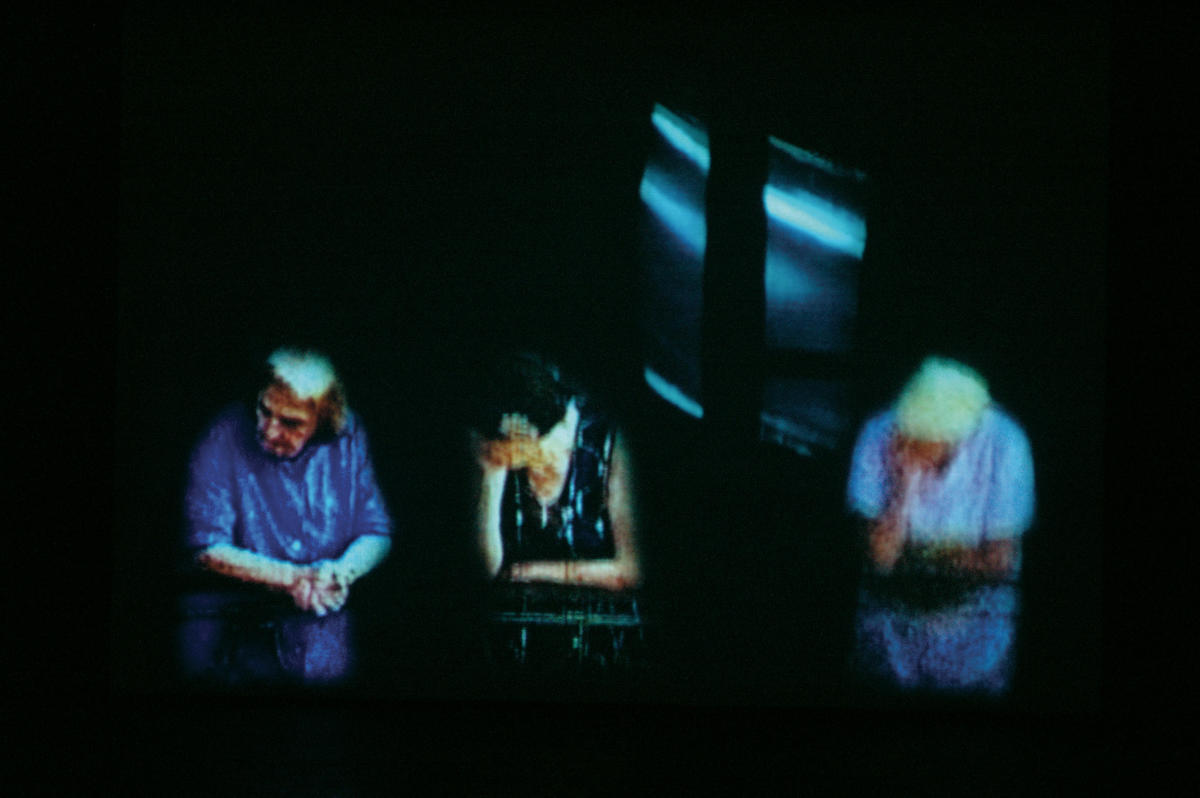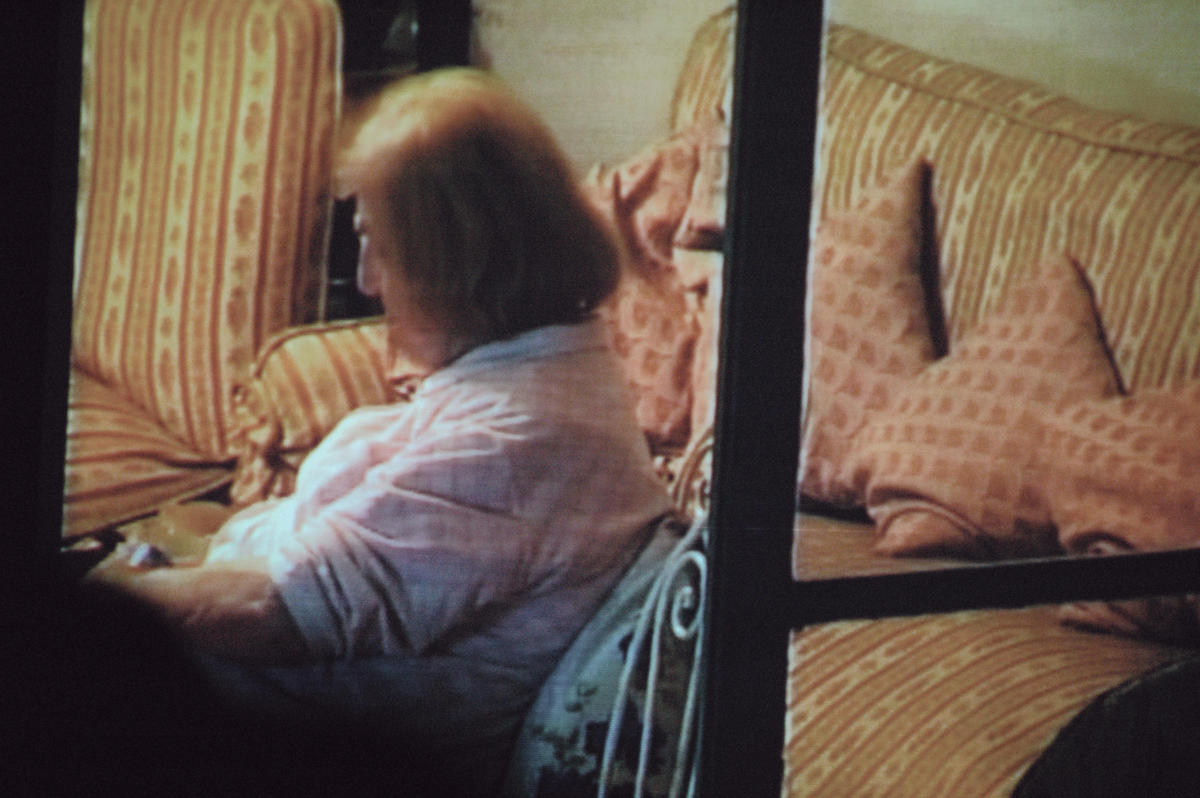
Beirut
Homeworks III (Another Regard)
November 2005
We live in allegorical times: no matter how hard and relentless the efforts of the Lebanese to forget about their wars, they are faced every day with remnants of what these wars destroyed. Relics of a prewar idyllic past are everywhere: in songs, architecture, novels, television re-runs — but, like relics found in an archeological site, they act as an indication of the field of ruins on which we stand, of the field of ruins which is our present.
A field of ruins: this is precisely what unfolds in Raed Yaseen’s video Featuring Hind Rustoum.1 It shows Lebanon, or rather, Beirut, in the 1980s, the decade before cellular phones, cable TV and the internet. A decade of complete and utter decomposition, of what was termed then the “absurd Lebanese wars,” of little wars that erupted here and there for no particular reason, bringing with them an enormous amount of destruction. It was the decade that started with the first Israeli invasion of an Arab capital and ended with the invasion by the Syrian army of the Eastern regions, establishing the “Pax Syriana” (a mild term for a blunt occupation) that lasted until 2005. It was in the 1980s that the revolutionary utopias of the 1960s revealed their true faces as icons of terror; how was it possible to believe that the romantic Palestinian fighter of the 1960s was the same militia man humiliating people on roadblocks? How was it possible to believe that the Shia peasant of the south — in whose name songs were sung and poetry was written — was the same crazed gunman shooting communists in Beirut and stoning women because their dresses were too short? The 1980s was the decade in which all meaning was destroyed and replaced by fields of empty signs and undecipherable hieroglyphs.
In Yaseen’s video, the camera is fixed on an old woman sitting on her couch watching TV. We see the woman from the balcony; sometimes she gets up to change the channel or to get a snack, and sometimes her husband joins her and then leaves, but she remains — waiting and watching. She is a great metaphor, this old woman, for the hardest part of the war: not the shelling, not the destruction, but the endless waiting, the unfolding of life as TV images ruined by bad reception, broadcast on small black and white TV sets running on car batteries. This, and radios, were the only way for people to know what was going on in areas not in their immediate vicinity. Transistor radios were quite practical; they were small and hence easy to transport (to basements or lower floors of buildings, erroneously, or maybe sarcastically called “shelters”), they ran on batteries (which was quite convenient considering the quasi-permanent lack of electricity), and they were a constant and almost reliable news source. In short, back in the 1980s radio was king. In the video, if the stillness of the image constitutes an empty field of waiting, the void of this field is filled with fragments of sounds — mainly from radio archives and only recognizable to those who lived through the dire years of the 80s in Lebanon — music that preceded news reports, music of news flashes, advertisements for products now appear to be from the Stone Age, names of politicians who simply faded away or who were killed by the Syrian intelligence (the correct thing to do, of course, is “to wait for the investigation”; but those who survived the 1980s know who has killed before, who is killing now, and who will kill again). In short, Yasseen’s video gave back the people who watched it, who were lucky to survive, ten years of their lives — the ruins of a catastrophe that piled wreckage upon wreckage and bodies upon bodies, the torn fragments of a whole that will never be whole again.
The Lebanese wars as catastrophe: A new Lebanese movie came out recently, and was celebrated as humorous and innovative. The director is invited to a daytime TV show. He was very confident and spoke of the need for the Lebanese to forget about the war. He said that people are sick and tired of hearing about the war and that they simply want to be amused, and so he decided to make a film about Dabkeh, the national Lebanese folk dance. Blood does dry quickly as it enters history, as Aragon said. Here’s a thought: the insistence on forgetting is a symptom of that same catastrophe — for the war, our wars, only now are we starting to talk about them.
1 Featuring Hind Rustoum was shown in Beirut during Homeworks III, A Forum on Cultural Practices, organized by Ashkal Alwan, November 2005.
